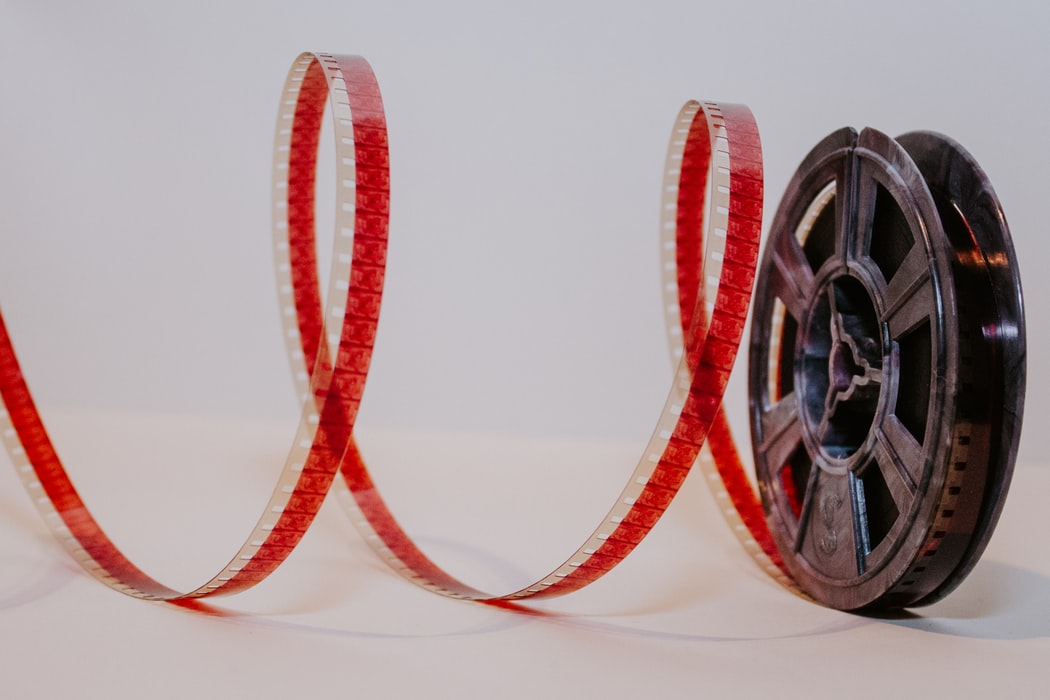Reviewing the Arts by UNSW Student Ezekiel Rodofili
Reviewing the Arts program allows students to explore a variety of writing modes in arts journalism, including interviews, previews and reviews. This article is a review, The Unknown Saint, written by Ezekiel Rodofili.

